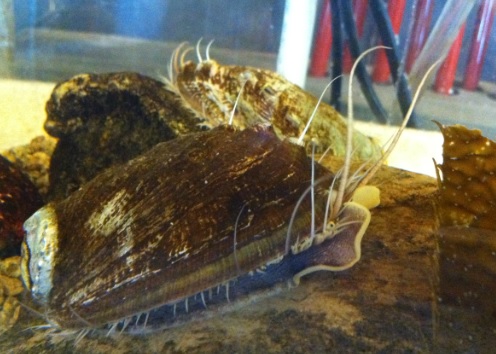Unveiling the Mystique of Abalone: Culinary Delight, Global Demand, and the Hefty Price Tag

Abalone, a marine mollusk known for its iridescent inner shell and succulent meat, has long been a delicacy in many cultures. But what is it about this sea snail that makes it so sought after? And why does it come with such a hefty price tag? In this article, we’ll dive deep into the world of abalone, answering some of the most frequently asked questions about this marine delicacy.
Also Read:- Diet, Exercise, and Mindfulness: The Triad of Faster Fertility
The Allure of Abalone
Abalone, with its tender meat and unique flavor, has been a prized culinary ingredient for centuries. Its popularity spans continents, with different cultures having their own traditional dishes centered around this marine gem. But beyond its taste, the abalone shell, with its mesmerizing play of colors, has also been used in jewelry and decorative items, adding to its allure.
Why is Abalone So Expensive?
One of the most common questions people have about abalone is regarding its cost. So, why is abalone so expensive?
- Limited Supply: Abalones are slow-growing creatures. It can take several years for them to reach a size suitable for harvesting. This slow growth rate, combined with overfishing in some regions, has led to a limited supply.
- Farming Challenges: While there are abalone farms, cultivating them is not without its challenges. They require pristine water conditions and are susceptible to diseases, which can decimate entire farms.
- High Demand: The global demand for abalone, especially in countries like China, Japan, and South Korea, far outstrips the supply. This high demand, coupled with limited availability, naturally drives up the price.
Is Abalone Good to Eat?
Absolutely! Abalone is not just prized for its rarity; its meat is genuinely delicious. It has a delicate, buttery flavor with a hint of sweetness. The texture is somewhat similar to scallops but firmer. Abalone can be prepared in various ways – grilled, sautéed, steamed, or even eaten raw in sashimi-style dishes. Its versatility in cooking and unique taste makes it a favorite among seafood enthusiasts.
What Country Eats Abalone?
Abalone is enjoyed by many countries across the globe, but its most significant consumers are in Asia.
- China: In Chinese culture, abalone is considered a luxury item and is often reserved for special occasions and festive seasons. It’s commonly braised with other luxurious ingredients like sea cucumber and shark fin.
- Japan: The Japanese have a long history of abalone consumption. It’s often used in traditional dishes and is a favorite ingredient for sashimi.
- South Korea: Here, abalone is used in various dishes, including porridges and stews. Jeju Island, in particular, is famous for its abalone dishes.
Other countries, including the US and Australia, also have a history of abalone consumption, though it might not be as deeply ingrained in their culinary traditions as in Asian countries.
Is Abalone Fish Expensive?
While abalone is not a fish but a marine snail, it is often compared to expensive fish species in terms of price. The cost of abalone can vary based on its type, size, and origin. Wild-caught abalones, especially those from pristine waters, can fetch a higher price than farmed ones. However, in general, due to the reasons mentioned earlier – limited supply, farming challenges, and high demand – abalone is indeed one of the more expensive seafood items on the market.
Conclusion
Abalone, with its rich history, cultural significance, and delectable taste, continues to be a sought-after delicacy worldwide. Its high price is a testament to its value, both as a culinary ingredient and a symbol of luxury. Whether you’re a seafood aficionado or someone curious about global culinary trends, abalone is a dish worth exploring. Just be prepared for the dent it might leave in your wallet!
Frequently Asked Questions (FAQs) about Abalone
1. What is abalone?
- Abalone is a marine mollusk known for its iridescent inner shell and succulent meat. It’s a type of sea snail and is considered a delicacy in many cultures.
2. Why is abalone considered expensive?
- Abalone is expensive due to its limited supply, challenges in farming, and high global demand, especially in Asian countries.
3. How does abalone taste?
- Abalone has a delicate, buttery flavor with a hint of sweetness. Its texture is similar to scallops but slightly firmer.
4. How is abalone commonly prepared?
- Abalone can be grilled, sautéed, steamed, or eaten raw in sashimi-style dishes. Its versatile nature allows it to be incorporated into various culinary preparations.
5. Which countries are the biggest consumers of abalone?
- Asian countries, particularly China, Japan, and South Korea, are significant consumers of abalone. However, it’s also consumed in countries like the US and Australia.
6. Is abalone a type of fish?
- No, abalone is not a fish. It’s a marine snail.
7. Are there different types of abalone?
- Yes, there are various species of abalone, and their cost can vary based on type, size, and origin.







